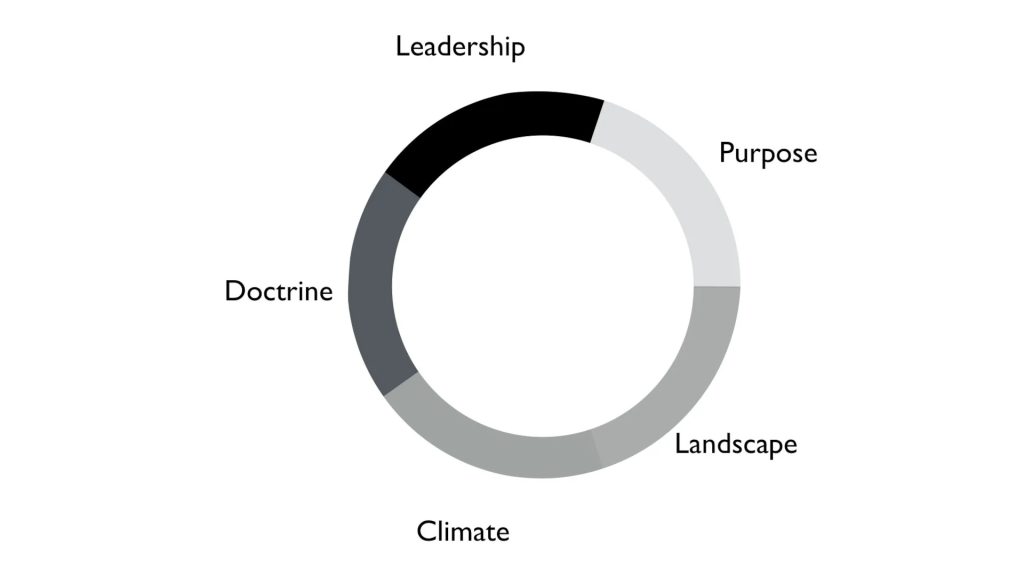We don’t actually know who’s right and who’s wrong, but it is a fact, that ever since people have started existing, so did feedback, and our attitude towards it changed since. In the prehistoric era, giving feedback most often resulted in receiving a hit on the head with a club. It happens nowadays as well, and it shouldn’t.
Instead of arguing whether is given or received poorly, let’s see what do we use it for today.
An organization that wants to evolve in a environment full of unknowns and rapid changes has to learn from its experiences. The ability of learning and adapting is the essential differential advantage of today’s successful organizations. Each and every one of us wants to improve, it is in the human nature. But we all do have a blind spot, in which our flaws and mistakes are hidden. Learning and adapting can happen only when we are aware of what we can fix, and in order to recognize what is hiding in our blind spots, someone has to warn us. That is exactly what feedback is. Regardless to the feedback giver’s motivation or whether it’s been delivered nicely or not, feedback is basically an information that shows us what is inside our blind spot. And it is useful to us both when it’s wrapped with a chocolate and a bow or delivered on a brick to the face.
If we want to be an organization that learns, we must stop worrying so much about the way feedback is being delivered to us (it is not under our control and we can hardly ever affect it). Let’s focus on the receiving of a feedback instead, because that is under our control and what makes a difference between a learning organization that has the future in its hands and an organization that is just floating and hoping for the best. Why is it so hard to receive a negative feedback (negative, of course, because we usually don’t have any problem with receiving a positive one)? Because receiving a negative feedback subconsciously activates a defense mechanism that blocks thinking and stops us from learning something. In their book „Thanks for the feedback“, authors Douglas Stone and Sheila Heen describe that there are 3 possible reasons for defense mechanism’s activation:
Reason #1 (feedback content): we have a different world view from the feedback giver so the content of the feedback seems untrue from our perspective. After receiving it, we feel injustice, and a voice in our head tells us „What you are saying is not true, the situation is actually like this…“
How to fight this? Listen carefully to the content, avoid an explosive reaction based on little information, ask more questions so you could understand better, ask for concrete examples and information, try to understand the content better.
Reason #2 (bad relations with feedback giver): the feedback content could be true, and it could be delivered in the best way possible, but the defense mechanism will still activate only because of the feedback giver, a person we have bad relations with. We don’t think of that person as competent (the voice in our head tells us „What do you even know about this?“) or he/she treated us badly (the voice tells us „You are the one to speak… after everything I’ve done for you?“).
How to fight this? Try to mentally separate the content from the person giving it. Be aware of the conversation’s dynamics and the exact moment when things start going downhill just because the person annoys us, and we don’t even hear the content.
Reason#3 (personal identity): feedback can easily bring down the image we have of ourselves. A typical monologue sounds something like this: „You are telling me I have to give a good presentation tomorrow? Does that mean I usually give bad ones? Was it ever good? Am I doing anything good? Probably not. I am just a pile of mistakes. You are right for warning me. This is probably a final warning.“
How to fight this? Try to rationally see the feedback for what it is and to be aware of our own thought process by which we see the feedback as a result of our mistakes and then pushing ourselves off of a cliff. You should try to recognize that process once it’s been activated, stop it and try to focus on the feedback as a learning and improving opportunity.
The key of creating a learning organization is not in giving feedback well, but in receiving it well. Our defense mechanisms can often stand in the way of doing that, but recognizing and knowing the reasons of the mechanism’s activation can help us keep it under control and deactivating it in time.
Falls Sie Fragen haben, sind wir nur einen Klick entfernt.



